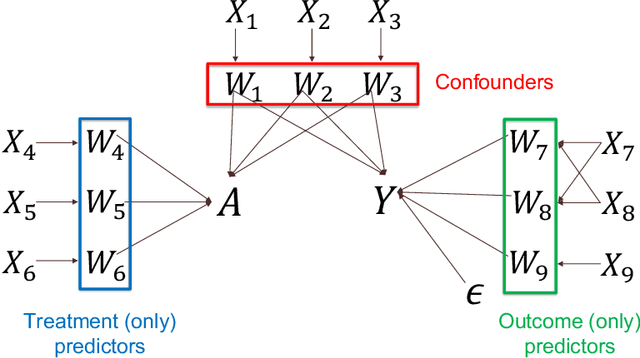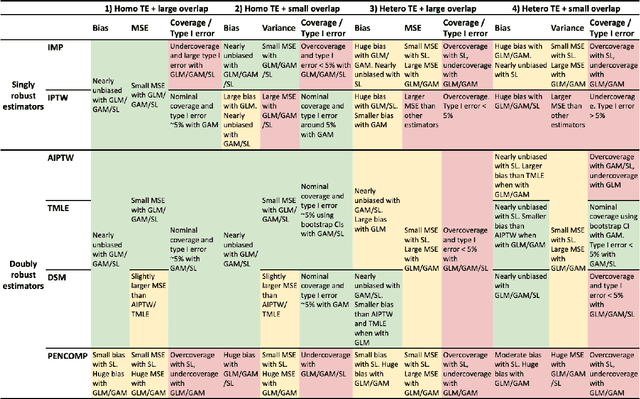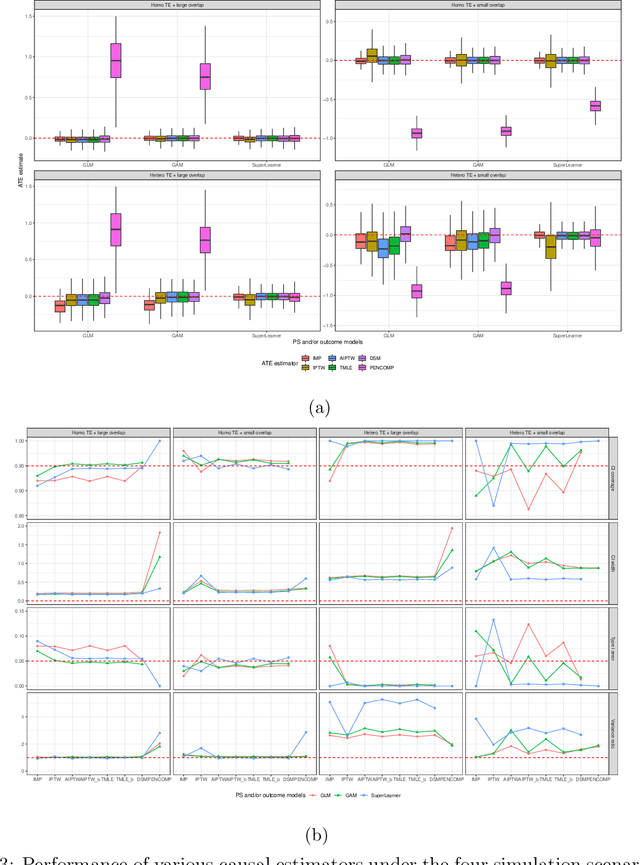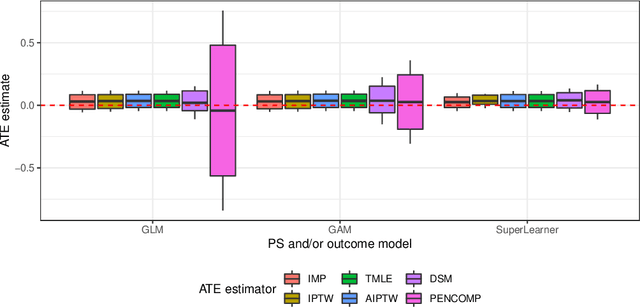Wenyu Ye
When Doubly Robust Methods Meet Machine Learning for Estimating Treatment Effects from Real-World Data: A Comparative Study
Apr 23, 2022



Abstract:Observational cohort studies are increasingly being used for comparative effectiveness research and to assess the safety of therapeutics. Recently, various doubly robust methods have been proposed for average treatment effect estimation by combining the treatment model and the outcome model via different vehicles, such as matching, weighting, and regression. The key advantage of the doubly robust estimators is that they require either the treatment model or the outcome model to be correctly specified to obtain a consistent estimator of the average treatment effect, and therefore lead to a more accurate and often more precise inference. However, little work has been done to understand how doubly robust estimators differ due to their unique strategies of using the treatment and outcome models and how machine learning techniques can be combined with these estimators to boost their performance. Also, little has been understood about the challenges of covariates selection, overlapping of the covariate distribution, and treatment effect heterogeneity on the performance of these doubly robust estimators. Here we examine multiple popular doubly robust methods in the categories of matching, weighting, or regression, and compare their performance using different treatment and outcome modeling via extensive simulations and a real-world application. We found that incorporating machine learning with doubly robust estimators such as the targeted maximum likelihood estimator outperforms. Practical guidance on how to apply doubly robust estimators is provided.
 Add to Chrome
Add to Chrome Add to Firefox
Add to Firefox Add to Edge
Add to Edge